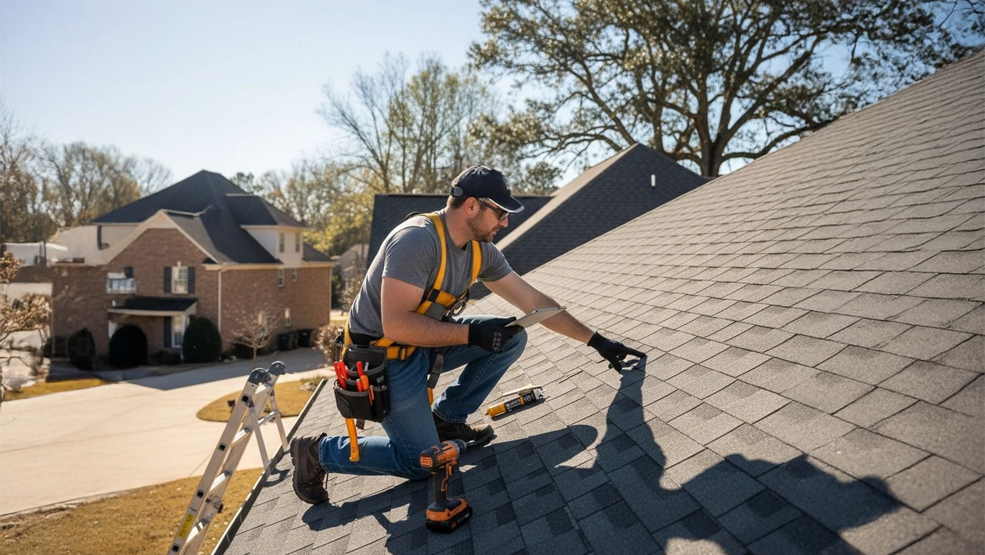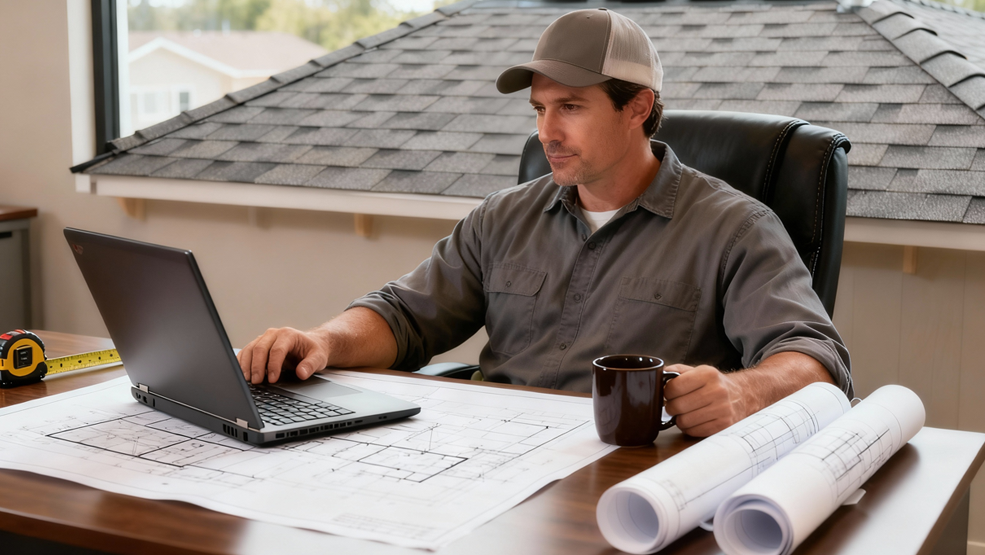Urban landscaping is a cool way to make your environment more sustainable. It’s not just about reducing pollution and your carbon footprint; it’s also about having fun. Lots of folks enjoy sprucing up their homes with a little garden because, it’s satisfying!
But…
Urban areas often face higher temperatures due to the heat island effect, but you can make a difference with some strategic landscaping. Planting trees for shade, installing green roofs, and using light-colored paving materials are great ways to cool things down. In fact, a study by the American Forests organization found that cities with 40% tree cover see a 27% reduction in summer energy use for cooling. This is all the more reason to grow plants at your home. Sadly, limited space will continue to be a problem for landscaping in urban environments.
Worried about limited space? Don’t be! We’ll show you some clever ways to bring greenery into your urban area.
1. Vertical gardening is the solution to space constraints
One of the main challenges for urban landscapes is the lack of space. You may have to work with narrow sidewalks and small balconies—not much space is left to think about plants! By thinking vertically in these cases, you can make the most of the space you have.. Whatever the size of your building, landscaping can be done when you think and plant vertically.
2. Choose plants that will emphasize beauty
Another idea for landscaping in urban areas is making sure to choose the right plants by selecting those that are compact, adaptable, and low maintenance. Compact plants allow more space for greenery, while planting a single tree, such as a conifer, will create a focal point and allow your garden to feel more lush.

3. Reduce the impact of pollution and pests
Urban landscapes are exposed to higher levels of air, water, and soil pollution than rural or suburban ones. This can affect the health and growth of plants, as well as attract pests and diseases. To reduce the impact of pollution and pests, select plants that are tolerant or resistant to these factors. Also, consider using organic mulches, composts, and fertilizers to improve the soil quality and reduce the need for chemicals. Additionally, you can implement integrated pest management (IPM) practices, such as using beneficial insects, traps, or barriers, to control pests without harming the environment.
4. Use smart irrigation methods and water sensors
Water is a precious and often scarce resource in urban areas, especially during droughts or heat waves. You need to be water-efficient and resilient to cope with these conditions. Firstly, you can achieve this by using native or drought-tolerant plants. These plants require less irrigation and can adapt to the local climate. Your second prevention method for smart irrigation is utilizing rain barrels or permeable paving to collect and conserve water.
5. Use sensors to avoid over-watering
Smart irrigation systems and water sensors can significantly enhance water efficiency in limited landscaping spaces. You can use drip irrigation with programmable controllers to allow precise water delivery to plants, minimizing wastage. Let’s talk about sensors! Integrating soil moisture sensors helps determine when plants actually need water, preventing over-watering. Consider using weather-based controllers that adjust watering schedules based on local weather conditions, optimizing irrigation further. This combination of technologies ensures a tailored and resource-efficient approach to landscaping in confined areas.
6. Hardscaping improves aesthetic appeal
Urban landscapes are not only meant to be beautiful but also functional for the people and the environment—no denying it. They can provide shade, noise reduction, air purification, and a home for birds. Having said that, to create urban landscapes that are aesthetically pleasing and functional, you need the help of hardscaping professionals who have years of experience. A professional hardscaper will understand your likes and dislikes, helping them create a design that uses color, texture, scale, and contrast to create visual interest and harmony. Regardless of how small it may be, you can create a pathway and turn your whole yard into a flagstone surface. You can plant thyme or moss between the stones and watch it spread.
7. Choose low-maintenance plants
Urban landscapes require regular maintenance to ensure their longevity. This can involve tasks such as pruning, weeding, watering, fertilizing, and pest control. If you are not seeking the help of a landscaping professional, you have to take care of maintenance on your own. Performing your own maintenance can be hard unless you design urban landscapes that are low-maintenance and self-sustaining to reduce maintenance costs and efforts. You can do this by using plants that are suited to the site conditions and require minimal care. Also, use mulch, edging, or ground covers to suppress weeds and reduce erosion.
Sign up for our newsletter and get the best landscaping tips, news, and sustainable solutions delivered straight to your inbox!
Step up and be a force for good. For every T-shirt you wear, over 700 gallons of water is consumed. You hold the power to reclaim gallons of water with every garment you wear. Choose minimalism; Save water. Mindful closet for a sustainable future!




